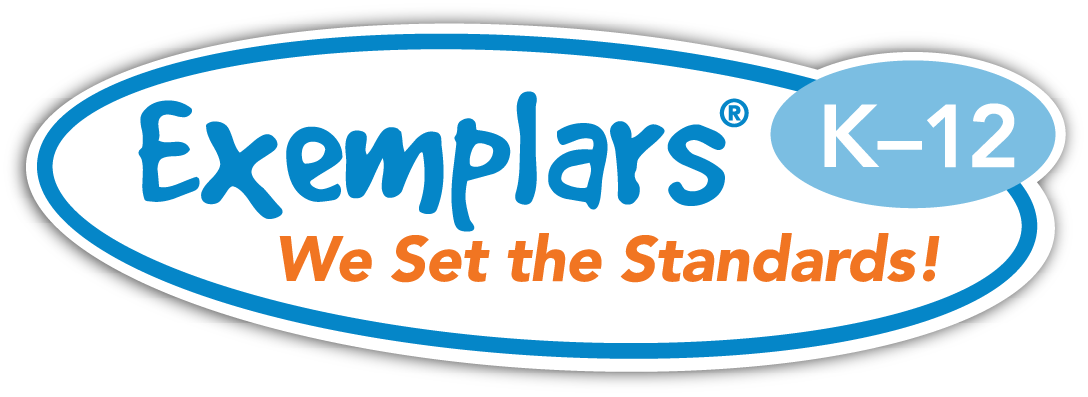Using Exemplars for Formative Assessment "Pays Off"
Cecile M. Carlton
Interdisciplinary Curriculum Specialist K-12
Nashua School District SAU 42
Nashua, NH
In this day and age of No Child Left Behind, assessment practices themselves are under assessment. Heidi Hayes Jacobs, president of Curriculum Designers, Inc. and educational consultant to thousands of schools nationally and internationally, advocates for the need to redefine assessment more comprehensively. Richard J. Stiggins works with teachers and learning communities and has found that assessment cannot function solely as an accountability measure through standardized test results and that teachers need to 'understand that assessment can work in positive ways to benefit learning, the time is right to add to our definition of good teaching the skillful use of assessment - doing it right and using it well.' (Classroom Assessment for Student Learning - 2004). Assessment is the third part of our curriculum office's triangle for improved student learning which intertwines curriculum, instruction and assessment (the Nashua Curriculum Instruction and Assessment 'CIA' model). By introducing Exemplars we have come to realize that we were providing the foundation for our teachers to begin moving toward formative assessment practices.
In 1995 the Nashua School District embarked on a full scale alignment of its Mathematics Curriculum K-12 with New Hampshire's Mathematics State Frameworks and the National Council of Teachers of Mathematics Curriculum and Evaluation Standards for School Mathematics (1989). The state of New Hampshire began its state testing under the New Hampshire Educational Improvement and Assessment Program (NHEIAP) for students in grades three, six and 10. The goal of NHEIAP was to provide data to districts as they reviewed how well their programs of instruction were working to improve student learning.
Our district's Curriculum Area Research and Development (CARD) team for mathematics recognized that the teachers in grades three, six and 10 could not shoulder the responsibility for students' achievement. As a district, the CARD team identified student proficiency outcomes (spo's) for each grade level. It was during the 1995-1996 school year that the district set its sights on identifying materials that would aid teachers in improving how students solved problems, communicated that information, and how they demonstrated the connections within mathematics and the real world. Simultaneously, summer institutes were provided for elementary teachers where they explored how to introduce meaningful context through problems that could be interpreted mathematically, that used multiple strategies and helped to build understanding. They were expanding their tool box of teaching strategies in mathematics through problem solving. We came upon Exemplars materials with its prepared problem-solving tasks, and rubrics, which are designed to help teachers identify proficiency levels along with sample examples of students work. In January 1996, Ross Brewer, of Exemplars, provided professional development for our K-6 Mathematics Facilitators who learned how important it is to know why students are being assessed and what students need to know to be better at problem solving. Teachers learned that students should know the standard by which their work is measured. We were on our way to looking at a better way to assess students' learning and how to have students begin to take responsibility for their learning by enabling them to self-assess. From there we incorporated annual professional development for all teachers to become knowledgeable with this resource.
In addition to the Exemplars material, we were researching materials for our elementary mathematics program. When Everyday Mathematics (EM) was identified and implemented in 2001 - we continued to use Exemplars in conjunction with the newly adopted materials. During the summer, teacher leaders identified Exemplars problems that aligned with our EM expectations. We were delighted to see EM and Exemplars come together to complement each other and help us meet our program goals.
With Exemplars we were preparing students to improve their problem-solving skills and writing skills. In addition, with the introduction of Exemplars rubrics, teachers were better informed of additional ways to assess student learning and were able to convey those expectations to students. Rubrics were reviewed with students and samples of what constitutes good work were available. Our end of year district assessment incorporates an open-ended question some are direct Exemplars questions and others have been tweaked to meet the identified learning goals. Grade level teachers are responsible for scoring results as a team, providing sample papers of students' work and recording the data to compare against district results. The review of these results becomes the basis for introducing the Exemplars work with new hires and as a refresher for veteran staff as we focus on curricular areas in need of improvement. District results have been tracked since 1998, and each year we have data to inform us about students' progress at each grade level. From the state NHEIAP results, use of Exemplars has paid off. Our students in grades three and six have consistently reported higher scores compared to the state results. This has held true from 1998 through 2003. In October 2005 the state embarks upon the Tri-state New England Compact Assessment Program (NECAP). We are confident that our students will continue to perform well from the experiences they have with Exemplars. Finally, Exemplars has provided a conduit, which directly impacts our efforts with the implementation of the Nashua 'CIA' model.

